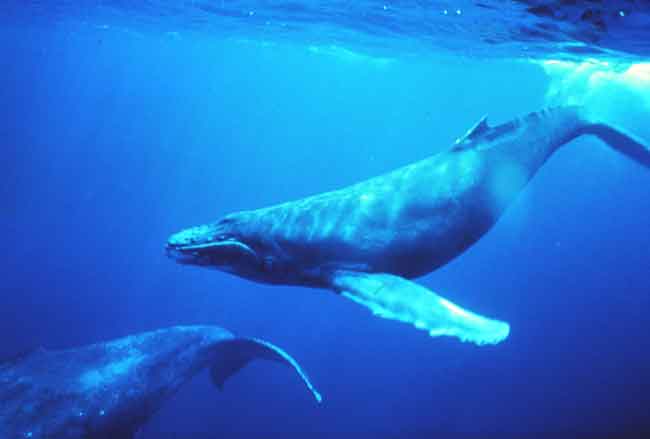 Kagit’ruaq – Baleen
Kagit’ruaq – Baleen
Inartat kag’it’ruamek pilitaallriit. – They used to make baskets out of baleen.
What do hooves, horns, hair, claws, finger nails, feathers, scales, beaks, and baleen have in common? They are all made of keratin, fibrous protein found in living organisms. In humans, keratin makes up the outer layer of our skin and provides structure for organs like the tongue. Alaska’s filter-feeding whales use hundreds of sheets of keratinous baleen to strain krill, small fish, and plankton from ocean water. Baleen whales can have up to 700 plates of this tough but flexible material in their mouths.
For centuries Native Alaskans have used baleen to make containers, scoops, sled runners, line, nets and other useful objects. In the early 20th century, Inupiaq men in communities from Barrow to Point Hope began weaving baleen into baskets for the tourist trade. They followed traditional patterns for willow root baskets and often embellished their containers with small ivory carvings. Weaving baleen is difficult, as the material is flexible but stiff and plastic-like, and Inupiaq baleen baskets were thought to be the earliest examples. However, studies of archaeological materials from Karluk One indicate that baleen weaving was once an Alutiiq tradition.
The Karluk One site contains the remains of an Alutiiq village dating from about 600 years ago to the historic period. Baleen is common throughout the site’s prehistoric layers, both as raw material and as a part of finished objects. Karluk residents used thin strands of baleen to lash handles to tools, stitch the ends of bentwood vessel rims together, tie suits of wooden armor, join the pieces of model kayaks, braid cords, and weave baskets. There are pieces of three, open weave baleen baskets from the site. Thick vertical strands of baleen spaced about 1 cm apart were secured with thin horizontal bands of twining. One of the baskets is quite large, suggesting that it was used for collecting or storing items.
Source: Alutiiq Museum [xyz-ihs snippet=”Adsense-responsive”]






